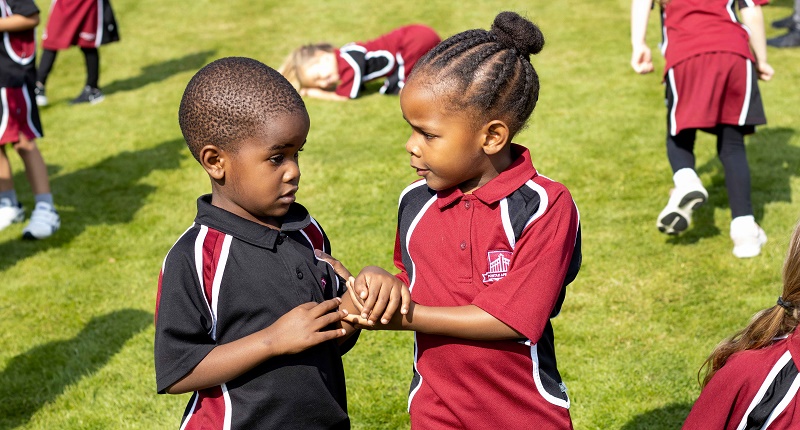


Find out how Gateways could provide the perfect educational environment for your child.
Find out more
Big enough to challenge, small enough to care
Teaching children about equality from an early age will help them to build an understanding of what it means and how it affects the world’s population. Children often see news involving racial inequality and other types of inequality and if that is the first time they have heard about it, it can be very confusing for them.
At Gateways, we start talking about and teaching equality from an early age but it is also important that those discussions happen at home, for example, when children see protests or other events on TV or social media.
If you are not sure how to teach your child about equality, here are some tips:
Celebrate events for different faiths
A fun way to learn about different cultures is to celebrate events from different faiths and cultures, such as Chinese New Year, Diwali and many other events taking place around the world throughout the year. You can try different foods, make decorations and do other activities that are linked to each festival or event.
Read non-traditional fairy tales
If your child enjoys reading fairy tales, look for some of the non-traditional books that are now available, as they have a more diverse selection of characters than the traditional stories. Watching movies that have more diverse characters will also help to educate children about different backgrounds and ethnicities.
Show non-stereotypical role models
Job roles are often associated more to one gender than the other, so it is important to show children that job opportunities should not be determined by gender. For example, showing examples of male nurses, female doctors and other role models that break down the stereotype.
Have open conversations about equality
Having regular conversations about equality topics is a good way to continue learning about equality as a family. When children are younger, talking about how there are lots of different types of families, such as blended and LGBT families will help to develop some understanding of how lots of families will look different to their own family.
When your child asks a question about equality, try to be as open as possible, even if some of the details are complicated, try to spend the time to answer their question in a way that they will be able to understand. From a young age, talk to children about how we should treat everybody fairly and equally, and discuss the consequences of children being bullied for being different. Explain that the world is made up of lots of people who are all different and that this is what makes the world so special.
Demonstrate fairness and promote equality
Many children will form beliefs and opinions based on what they see their parents do or what they hear them say. Therefore, you should make sure that you always demonstrate fairness to others and talk about equality positively.
For example, when the US appointed their first female vice-president, who is also their first black and Asian American, this is a great example of progress in equality and discussing subjects like this is a good way to promote equality.
If you would like any more advice or guidance on teaching your child about equality, we have lots of additional ideas and activities that we do in school, so just get in touch if you would like to discuss these in more detail.
For more information, have a look at these resources:
https://nationaldiversityawards.co.uk/7-ways-to-teach-your-child-about-diversity/